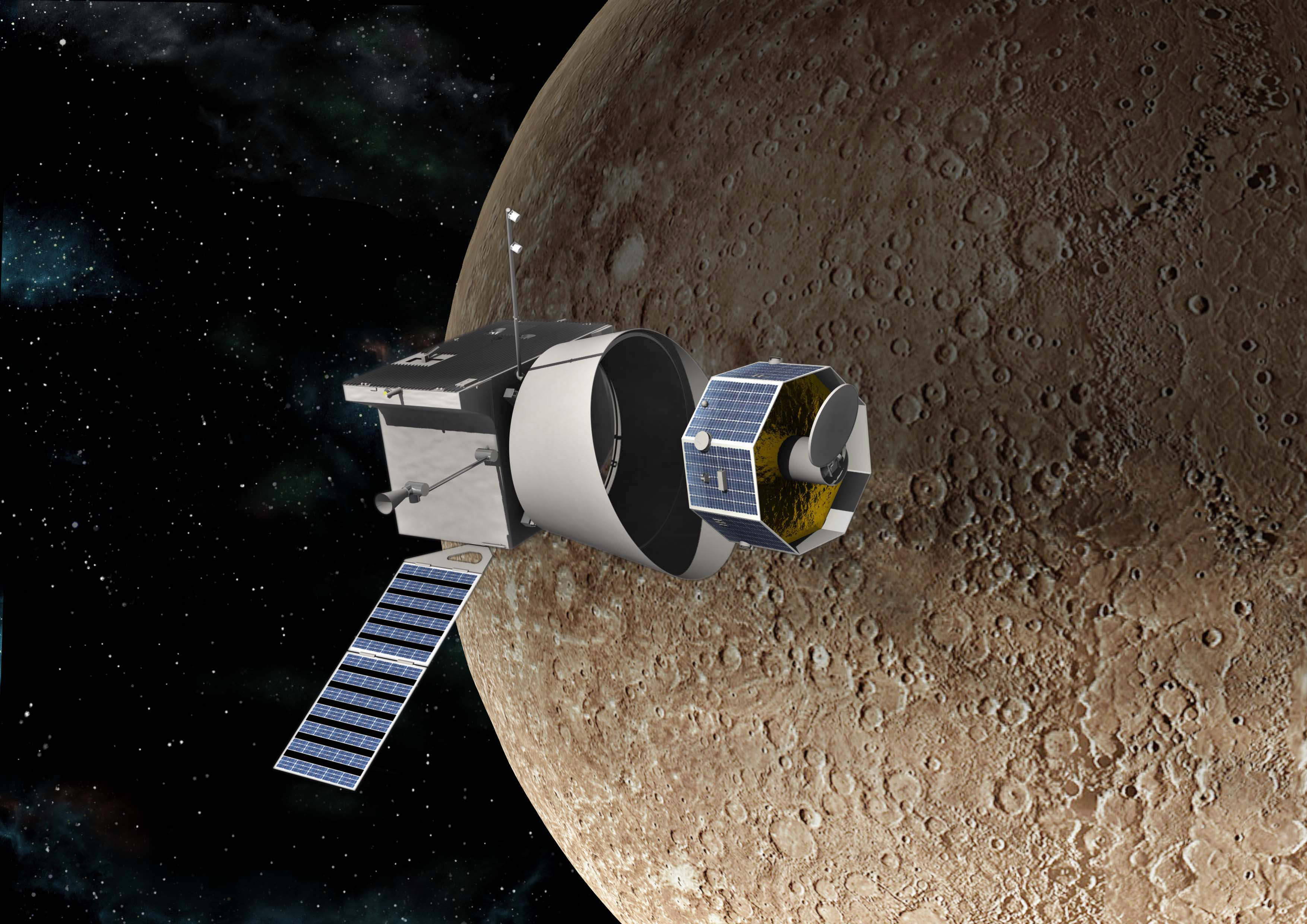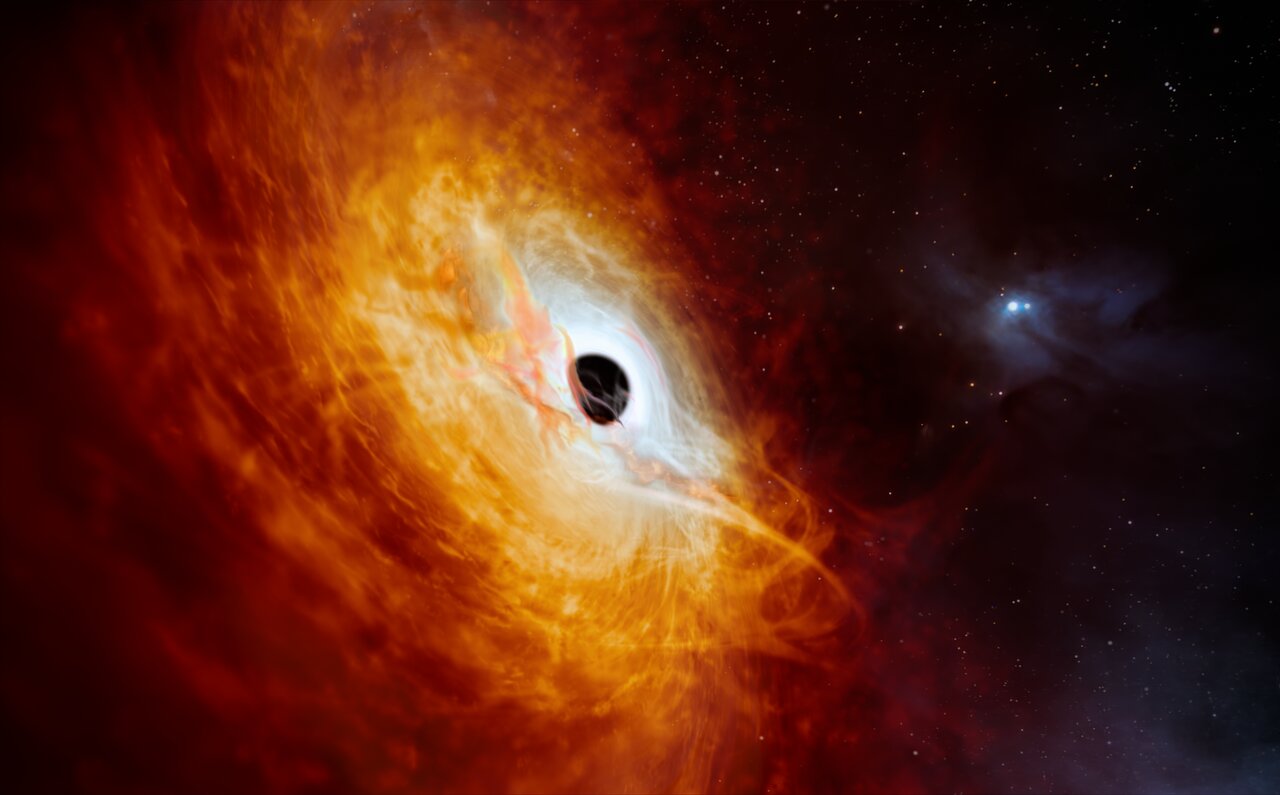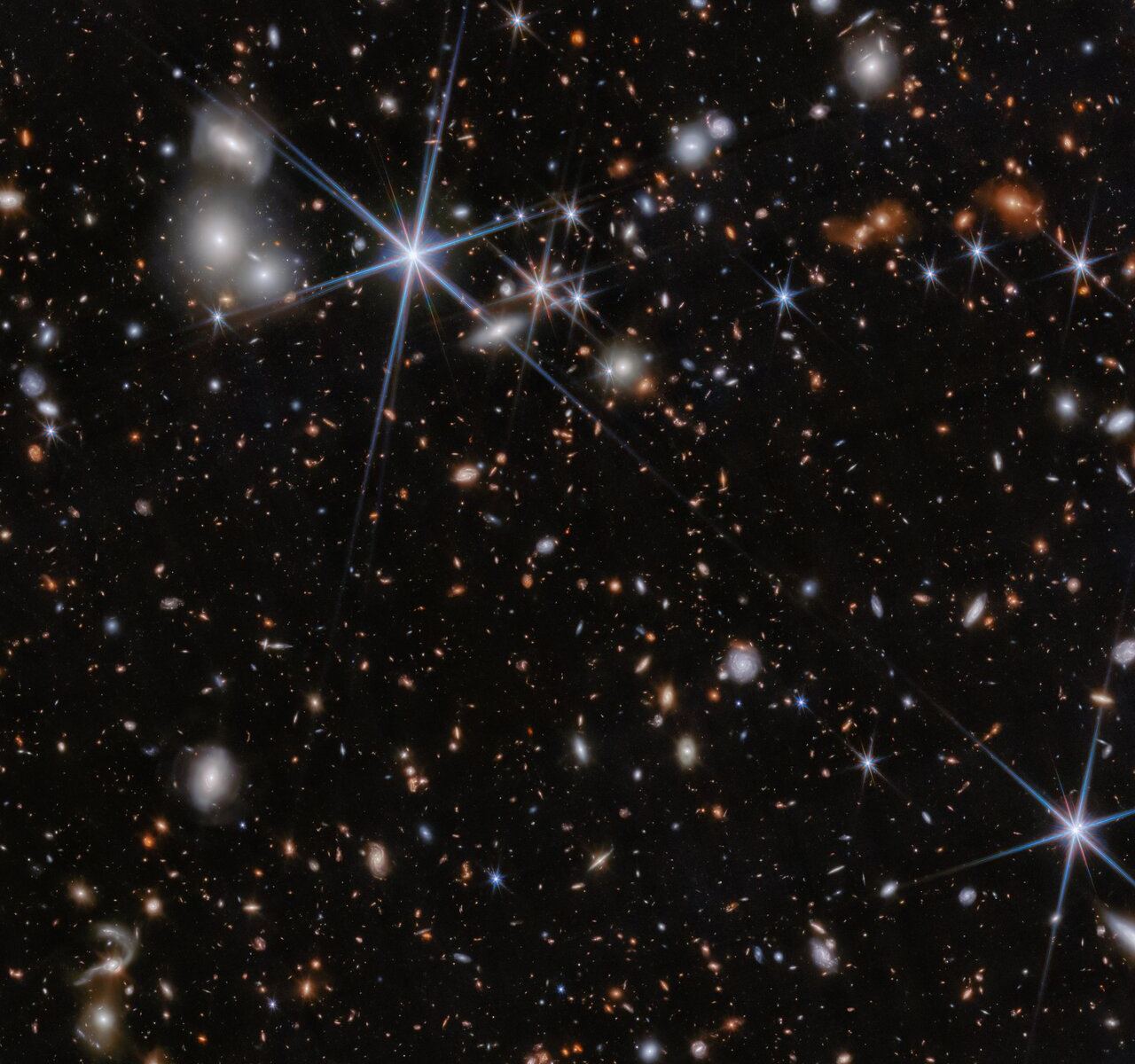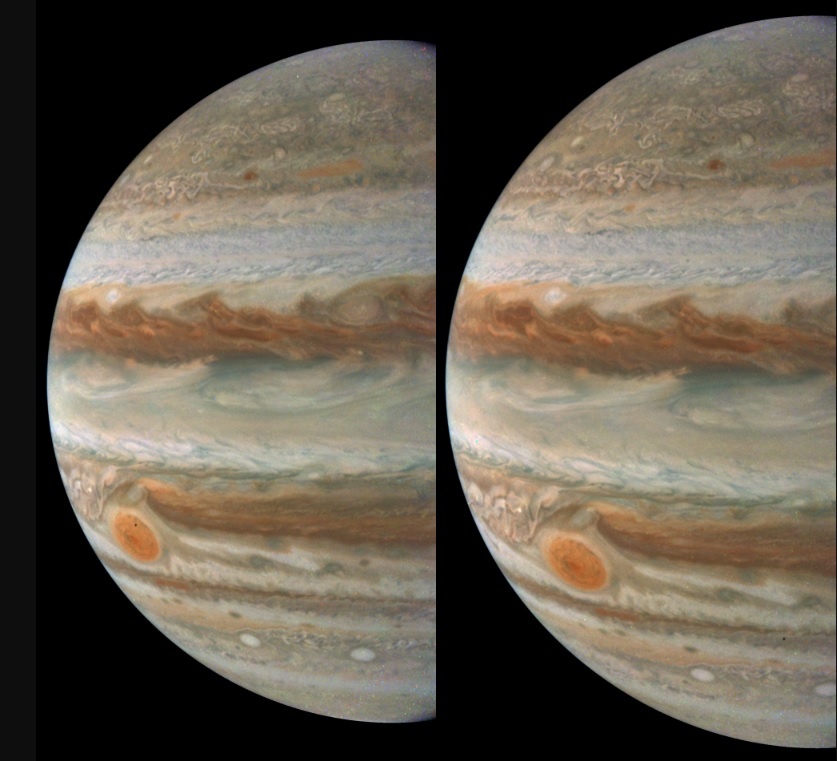In a world that seems to be switching focus from the Hubble Space Telescope to the James Webb Space Telescope, Hubble still reminds us it’s there. Another amazing image has been released that shows the triple star system HP Tau, HP Tau G2, and HP Tau G3. The stars in this wonderful system are young, HP Tau for example is so young that it hasn’t started to fuse hydrogen yet and is only 10 million years old!
Continue reading “Hubble Sees a Brand New Triple Star System”Hubble Sees a Brand New Triple Star System










